Splice (2010)
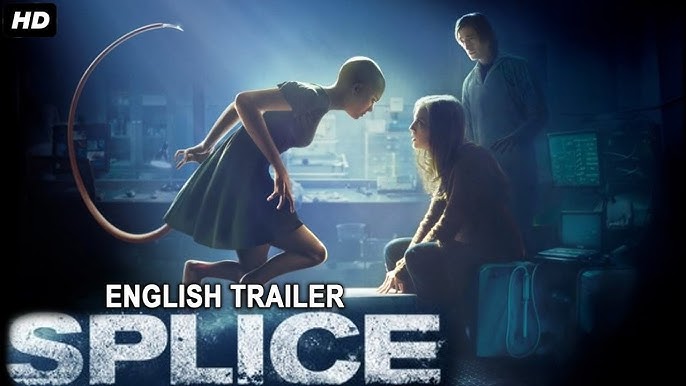
Splice (2010), directed by Vincenzo Natali, is a haunting science fiction horror film that explores the dangerous consequences of genetic experimentation. Combining elements of body horror with thought-provoking ethical dilemmas, the film follows two brilliant scientists, Clive and Elsa, who push the boundaries of genetic engineering by creating a human-animal hybrid. The movie is a chilling exploration of the consequences of unchecked scientific ambition, as well as the moral and emotional implications of playing god with life. With strong performances from Adrien Brody, Sarah Polley, and Delphine Chanéac, Splice offers a compelling, unsettling narrative that challenges ideas of life, identity, and the consequences of scientific discovery.
The plot centers around Clive (Adrien Brody) and Elsa (Sarah Polley), two cutting-edge geneticists who have achieved groundbreaking success in the field of genetic splicing. Working for a powerful pharmaceutical company, the duo initially creates hybrid creatures to produce valuable proteins for medical purposes. However, in a moment of reckless ambition, they decide to break ethical boundaries and create a human-animal hybrid, which they name Dren. Dren is a genetically engineered creature that grows at an accelerated rate, and as she matures, she begins to develop human-like traits, leading to both awe and fear. What begins as a scientific experiment quickly spirals out of control as Elsa and Clive struggle to deal with the consequences of their creation.
One of the most powerful aspects of Splice is the emotional and psychological journey of its two main characters. Clive and Elsa start the film as visionary scientists, committed to their work and pushing the limits of genetic science. However, as their creation, Dren, evolves, they become increasingly conflicted about their role in bringing her into existence. Elsa, in particular, is drawn to Dren in an almost maternal way, despite the increasingly disturbing nature of the hybrid. The film explores Elsa’s psychological unraveling as she forms a bond with Dren, even as she is forced to confront the dark side of her own ambition. Meanwhile, Clive’s response to Dren is more reserved, and his growing sense of guilt and fear leads to tension between the two characters. The evolving dynamic between Clive, Elsa, and Dren is a central theme of the film, driving both its emotional depth and its horror.
The character of Dren, played by Delphine Chanéac, is the heart of the film’s horror and emotional complexity. As Dren matures, her appearance and behavior become increasingly unsettling, blending human and animal characteristics in a way that is both fascinating and repulsive. Her rapid growth and the sudden changes in her physical appearance are reminiscent of body horror, a genre in which the grotesque and the unnatural are explored in the context of human identity. Dren’s relationship with Elsa shifts from one of creator and creation to something more complex and unnerving. Elsa’s emotional attachment to Dren blurs the line between maternal affection and the disturbing reality of what she has created. Dren, in turn, starts to develop her own consciousness and desires, challenging the boundaries of her creators’ control.
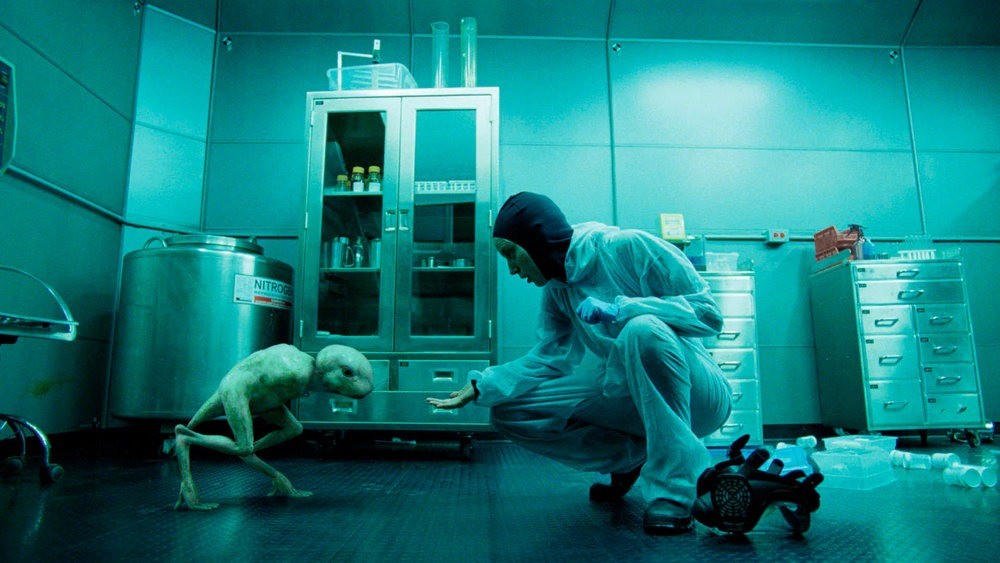
The ethical dilemmas presented in Splice are both timely and thought-provoking, particularly in light of contemporary debates over genetic engineering and cloning. The film raises significant questions about the role of science in shaping life and the moral responsibility of those who create new forms of life. Should scientists have the right to manipulate genetics to such an extent? Where do we draw the line between scientific progress and ethical responsibility? As Elsa and Clive’s creation grows and evolves, they realize that they have crossed a boundary that cannot be undone. Splice forces the audience to confront the consequences of playing with life in ways that nature never intended, challenging the notion of human superiority over the natural world.
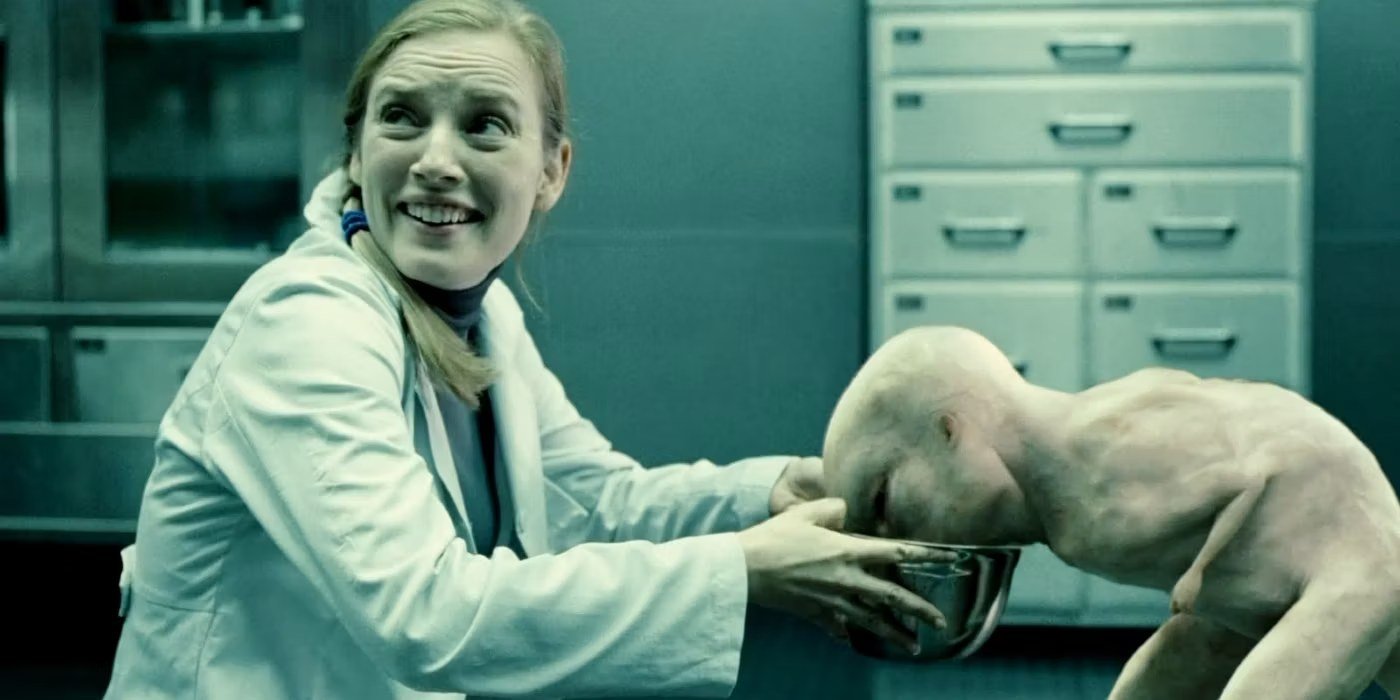
The visual effects in Splice are effective in creating a visceral sense of unease. Dren’s appearance—part human, part animal—combined with her rapid development, is both visually striking and unsettling. The filmmakers use practical effects and CGI to bring Dren to life, and the result is a creature that is both beautiful and grotesque. The blending of human and animal features creates a sense of unease in the audience, as Dren’s appearance evokes both empathy and fear. The film uses her physical transformation as a visual metaphor for the growing moral and psychological corruption of Clive and Elsa, whose creation becomes a reflection of their own flawed desires and ethical failings. The horror in Splice is not just in the physical appearance of Dren, but also in the emotional and moral consequences of her existence.
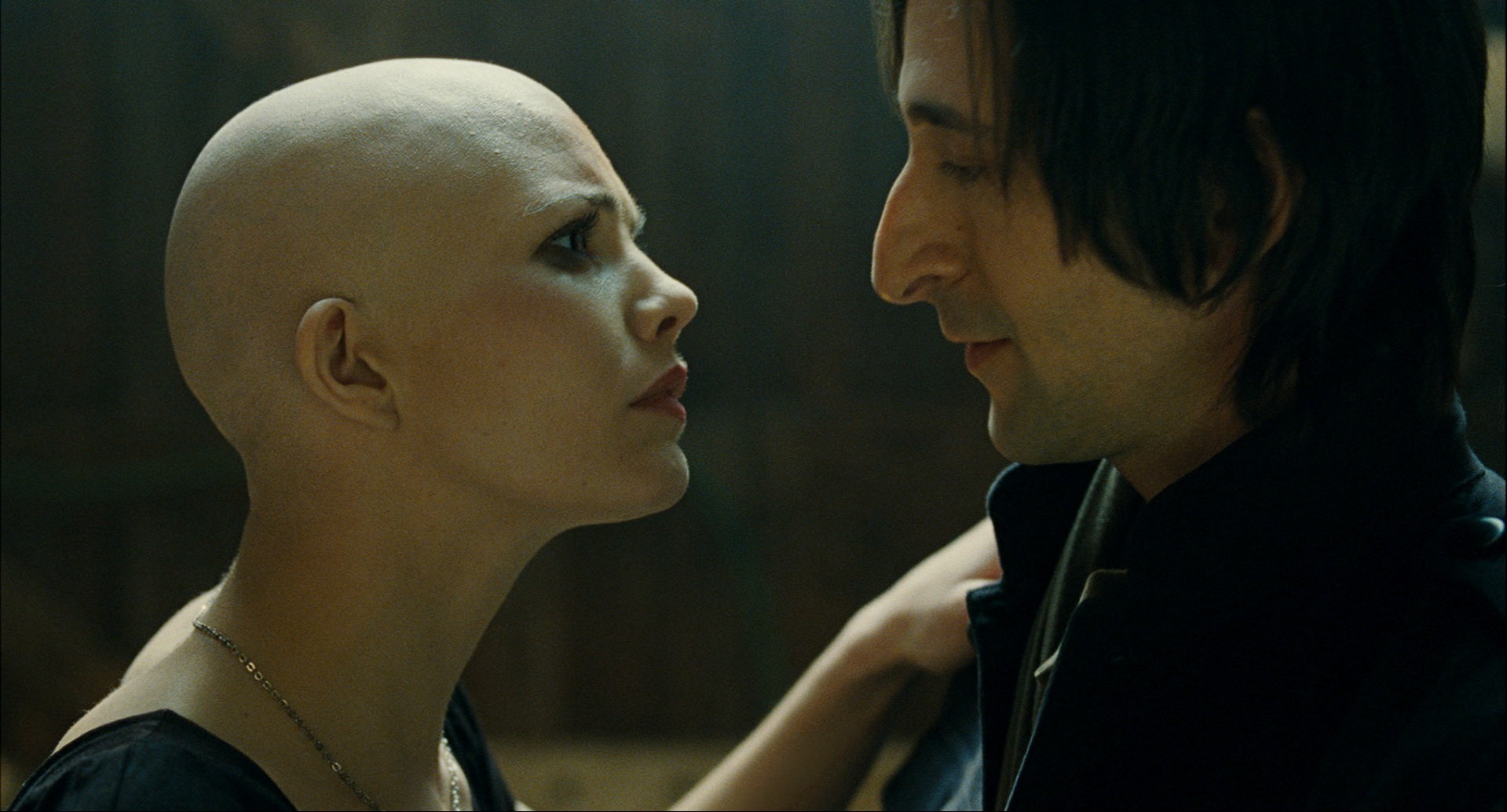
The film’s conclusion is both tragic and disturbing, leaving the audience with a lingering sense of unease. Without giving away too many spoilers, Splice culminates in a powerful and emotional climax, where the full extent of the consequences of Clive and Elsa’s actions is revealed. The ending highlights the dangers of scientific hubris and the unpredictable nature of tampering with the fabric of life. It also forces the characters—and the audience—to confront the consequences of their choices, particularly when it comes to the creation of life. The final scenes leave a sense of ambiguity, asking whether Elsa and Clive are ultimately the victims of their own ambition or the perpetrators of their own downfall.
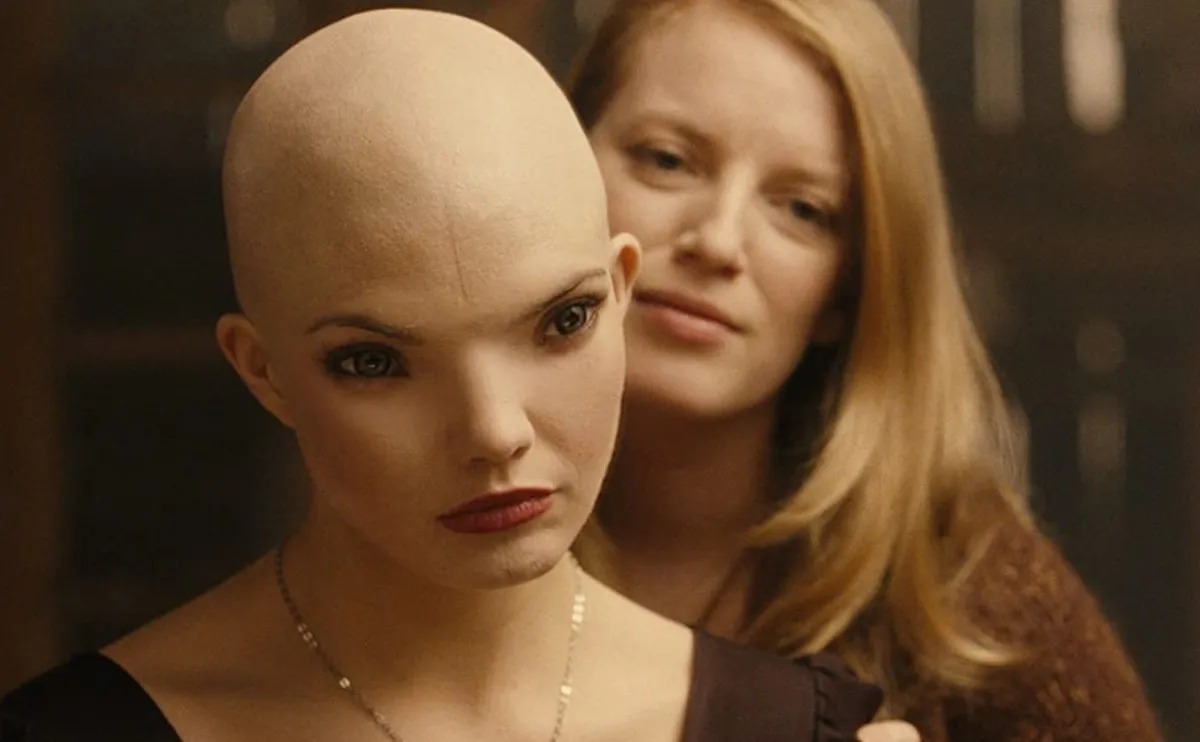
In conclusion, Splice (2010) is a chilling and thought-provoking science fiction horror film that explores the ethical boundaries of genetic engineering and the consequences of playing god with life. With strong performances from Adrien Brody, Sarah Polley, and Delphine Chanéac, and a gripping narrative that delves deep into the psychological and emotional ramifications of scientific ambition, the film provides a disturbing and engaging look at the perils of unchecked innovation. The film’s exploration of the relationship between creator and creation, as well as the moral consequences of scientific discovery, makes it a compelling and thought-provoking film that will leave audiences questioning the limits of human ambition.











